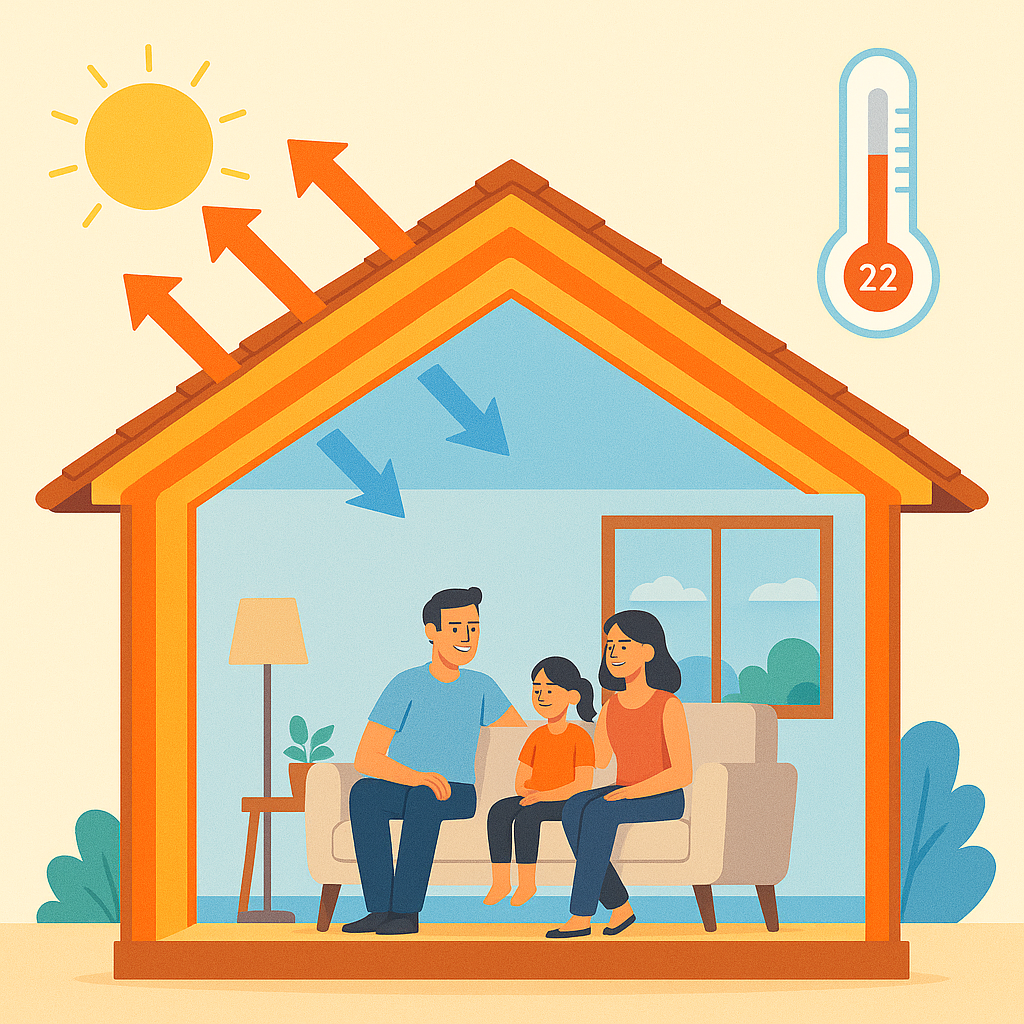Updated: Feb 21, 2023
Many people assume that leaving their thermostat at a set temperature all the time saves energy because the heater won’t have to work as hard to heat the room to the desired temperature. While this might keep your home consistently warm, it’s not the most efficient way to heat your home during the colder months.
It’s actually more efficient to heat your home as and when you need to, which means turning your thermostat down when it isn’t being used to warm you up. By doing this for 8 hours a day – for example, when you’re out at work or asleep – you could save as much as 10% on your heating bills and boost your home’s energy efficiency in the process.
Another way to heat your home efficiently is to optimise the placement of your thermostat – keep reading to find out how.

Avoid particularly hot or cold areas
The right thermostat location is key to keeping your home comfortable and affordable to heat. One of the most important factors to consider is the temperature of the area your thermostat is placed in. Try to avoid anywhere that is prone to extreme temperatures, be it excessively hot or cold. This can make the thermostat think that the room is a lot cooler or warmer than it actually is and cause it to react accordingly (i.e. boost or reduce your heating unnecessarily).
Some locations to avoid include:
● Near doors that could let in drafts
● Near windows that let direct sunlight in
● Near a bathroom door
● Near lamps, TVs, or other appliances that heat up when in use
You should also steer clear of exterior walls because they are often closer to the temperature outside than the temperature in your home. For best results, put your thermostat on an interior wall.
Put it in a well-used part of the house
Putting your thermostat somewhere that is rarely used isn’t ideal because the thermostat won’t be reading the temperature of the area that needs to be heated or cooled properly – i.e. where people are. If you can’t move your thermostat to a well-used area, consider getting a smart thermostat that is compatible with remote wireless sensors. These can be placed throughout your home, allowing the thermostat to adjust temperatures based on a number of rooms, rather than just one.
Keep it away from obstructions
You should also ensure that your thermostat isn’t obstructed by things like doors, bookshelves, paintings, or other pieces of furniture. This is so that its sensors can work properly without interference from household objects.
If you have a smart thermostat, you’ll need to make sure that it’s placed within range of your Wi-Fi source so that it can stay connected to the internet.
At UK Energy Management (NE) Ltd, we work closely with utility companies to provide heating funding for low income and vulnerable households. If your heating bills have skyrocketed this winter and you’re in need of heating upgrades, we’ll assess your eligibility and fund the installations that you need to remain warm and comfortable. Get in touch with us today for more information.



